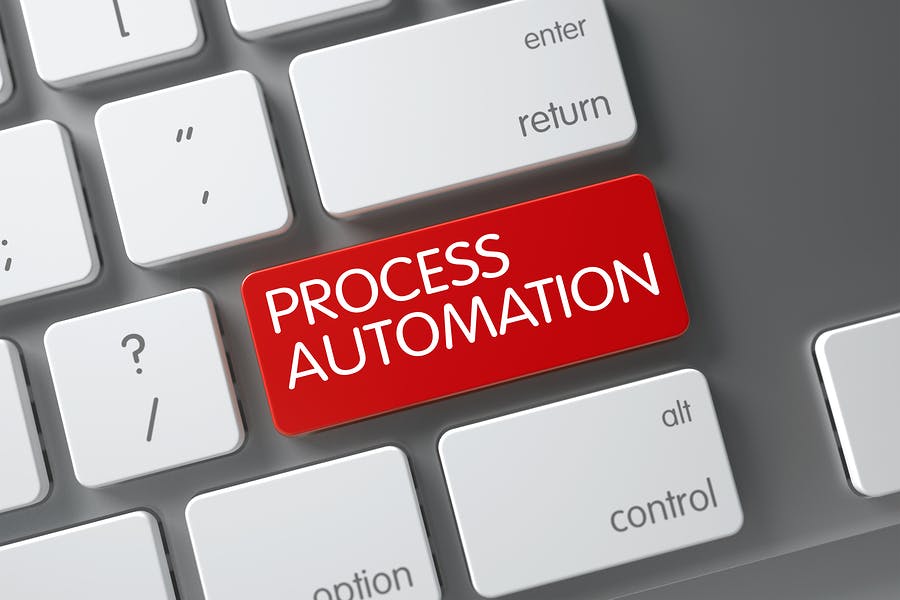Paperwork has long been considered a critical component of the HR industry. For years, even the most talented professionals in the sector spent hours approving, signing, and mailing forms as part of onboarding, training and scheduling processes. However, as technology has evolved and with the help of artificial intelligence (AI), today’s HR leaders are shifting to broader talent management responsibilities.
It’s clear that the HR role is already different than it was even five years ago. A Deloitte study found that more than 80% of HR professionals have restructured or are in the process of restructuring their organization; it also found that leadership, culture and organizational design were HR leaders’ top priorities. It’s important to note that these engagement-centric priorities outranked traditional, logistic tasks like workforce management and benefits management.
A study by the CEB Corporate Leadership Council also backs up this trend, as 70% of HR professionals reported spending more time on company-wide projects in a leadership capacity instead of compliance-centric processes. Many HR leaders today are working directly with the C-suite to help establish the organization’s overarching goals and culture in conjunction with business strategy.
It’s great to see that HR roles are moving away from repetitive processes, but these less than exciting tasks won’t disappear forever. Onboarding, employee training and candidate screening will always be a necessity in any organization – and this is where automation technology comes in.
Across numerous workplaces, automation technology is a critical component of a functioning team. This movement isn’t slowing down anytime soon. Artificial intelligence revenue is expected to reach $59.8 billion in the next eight years, a significant increase from last year’s $1.4 billion, according to research firm Tractica. Intelligent Process Automation platforms that use AI to help information workers make informed decisions are becoming integral enterprise initiatives; these platforms also could be the key to allowing HR professionals to automate repetitive processes and take on more meaningful responsibilities.
While today’s HR roles are a far cry from those of the past, they will look even more different in the coming years as a result of automation technology. Here are three ways many organizations are already leveraging automation to streamline HR tasks and increase productivity.
Using Predictive Analytics to Screen Candidates
Today’s HR professionals have more applicants to choose from than ever, with the help of countless online job boards and digital recruitment opportunities. While this helps HR leaders identify the most qualified candidates, it can take months for them to read thousands of applications. This is why predictive analytics is starting to take root; while 12% of organizations use predictive analytics for recruiting purposes today, nearly half plan to do this in the near future according to the CEB Corporate Leadership Council study. This technology can automatically scan resumes for key phrases, skills, experiences or even lone words relevant to an organization’s needs. Not only does this help weed out the first few rounds of prospective employees, but it also provides an unbiased third party to ensure that each application is screened in a standardized manner.
Digital Workflows Are Eliminating Onboarding Paper
While technology is taking hold in many organizations’ HR processes, in-person paperwork is still the norm for onboarding. By one estimate, 80% of HR leaders complete onboarding paperwork in person, misusing both the new employee’s and the HR professional’s valuable time. Innovative companies are beginning to turn over this repetitive process to workflow automation technology, which streamlines scheduling and benefits communication and training for all new employees. An added benefit of this process are that organizations no longer have to worry about training inconsistencies among employees who are onboarded at different times or by different HR staff.
Automatically Record Employee Feedback
According to a LinkedIn/Imperative survey, 74% of job candidates want a job where they feel their voice is heard and where their work matters. It’s more important than ever for organizations to understand and address employees’ needs, and luckily they can access troves of data to do so. HR leaders can transition from bi-annual employee surveys (which require hours of analysis) to quick, frequent surveys through AI-based programs. These surveys are sent to employees on a daily or weekly basis and can automatically send alerts to HR leaders in order to address and manage issues in their early stages.
As more organizations begin to deploy AI-based technology for their HR departments, the standard for employee engagement will increase. Gone are the days of back-office screening and timesheet tracking; HR roles today are less focused on repetition and are more about building and sustaining a positive company culture and to achieve goals on a broad scale. With the proper technology initiatives in place, HR leaders will have the freedom to focus on human-centric processes that will put employees’ well-being (rather than repetitive processes) first.
